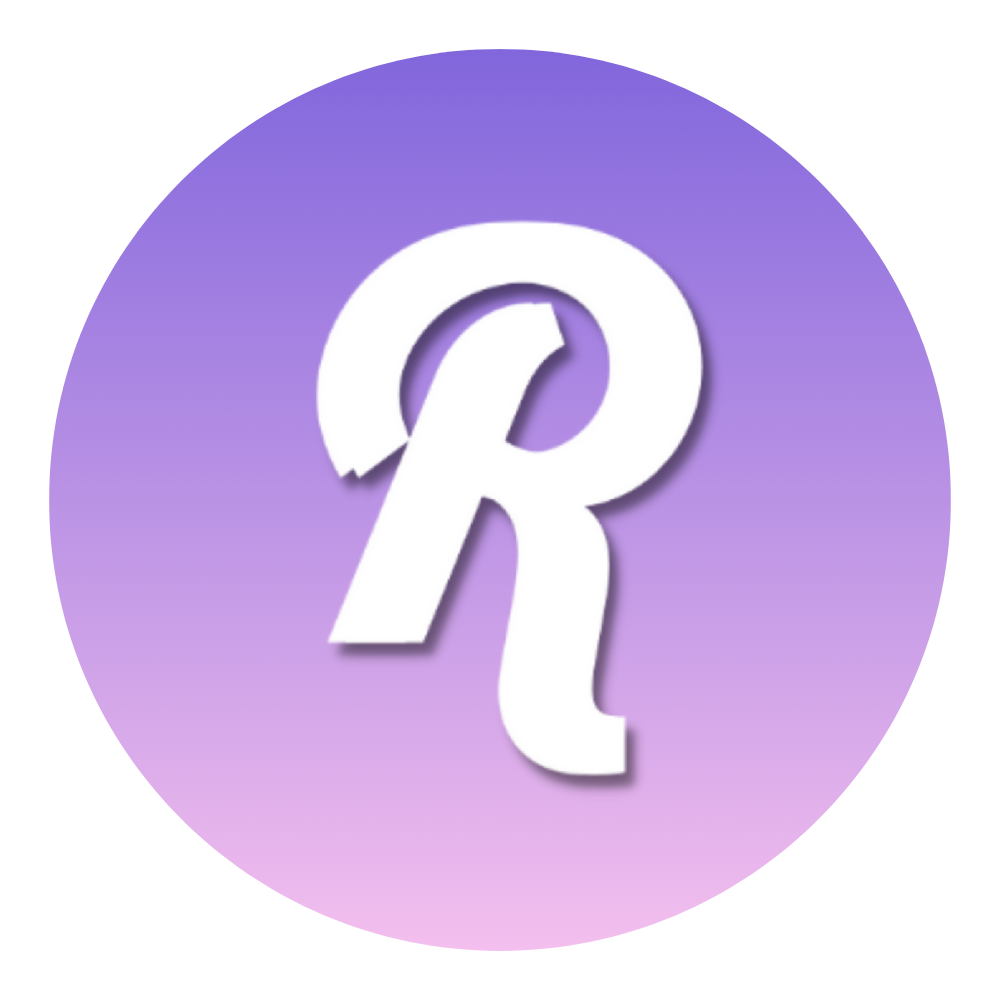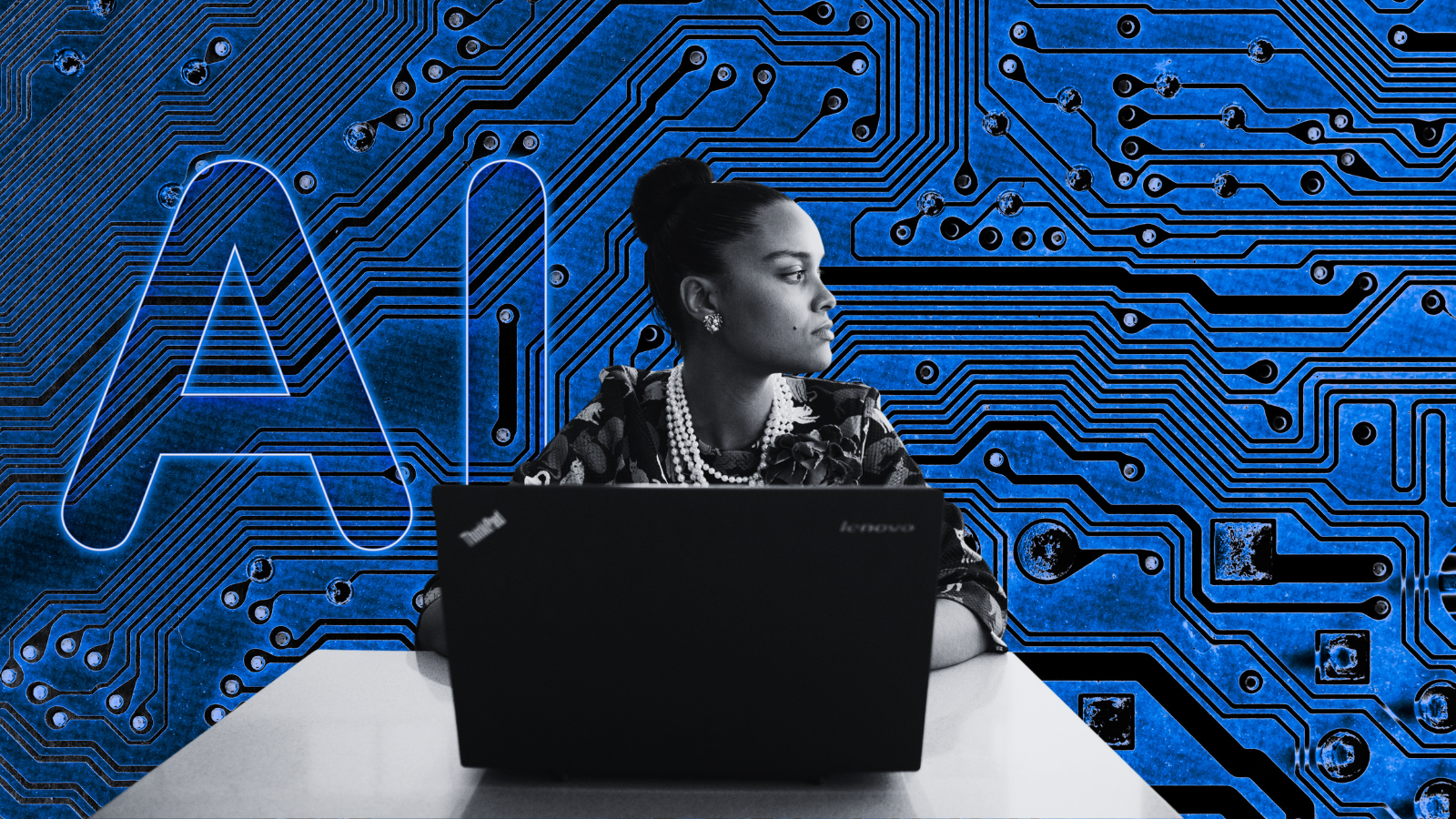
Psychology Hacks to Convert Sales!

Psychology Hacks to Convert Sales!
You might own a startup or maybe a long-standing store. Either way, no matter what stage your business is in, you will always have one goal... to increase your sales.
Increasing sales sounds easy, but it can be tricky when competition is fierce and consumers demand more than ever. These hacks are to help you understand that there is a psychology behind marketing products. These underlying queries help push your customers into purchasing, without them even knowing it! Once you understand hacks such as these, you can implement other marketing tactics to help boost sales even further.
Let's look at the 'Free Shipping' method!

This may not surprise you, but customers don't like paying for shipping. Too many stores offer free shipping (secretly), so by comparison, it would appear that your store is more expensive. In 2021, with a major rise of big box retailers offering free shipping, in order to compete you need to make fine adjustments.
Luckily, through the power of marketing, you don't have to change much! As seen above in our lovely graphic, you can see that when you add shipping at the end of the purchase, it looks less appealing. This messaging conveys to your customer that they aren't getting a deal and they are paying full price. As you can see, if you add the shipping cost to the product cost, it would appear that they are getting a deal by not 'paying' for shipping. This makes shoppers happier and more eager to return to your store!
Introducing the BOGO approach!

Most consumers love the idea of a BOGO (buy one, get one) sale. This sale can come in many forms, like 'buy one get one free' or 'buy one get one half off.' No matter the variety, this type of discount does one thing very well - it drives sales! So what's the psychology behind it?
The customer's perception is that they are getting a better deal. Let's talk about 'buy one, get one free' as an example. This discount would appear that you can have two for the price of one. But in reality, this offer benefits the retailer more than a typical sale would.
Most retailers have a standard sale. A standard sale is a sale that products are always set at regardless of the time of year. For example, a retailer's standard sale is a 50% off discount on a pair of $100 jeans. This sale runs whenever a special discount isn't applied. The $100 jeans cost the seller only $20. So with a sale like this, the seller will profit $30 if they are 50% off ($100/2 = $50. $50 - $20 = $30).
However, when the BOGO is applied, the seller earns more profit than they would have if they ran their standard sale. You can see that each pair of jeans costs the seller $20, so for two pairs the seller's cost is $40. But with a 'buy one get one free' sale, the customer would need to purchase one pair of jeans at full price to get the second one for free. This means that the seller profits $60 on that sale, which is 2x what they would have made on their standard sale.
Use color psychology to your benefit!

Color psychology is essentially the response of human behavior to different colors. Big brands use color psychology in advertising and marketing to evoke emotional reactions and connections to products. I'm sure you've noticed that you make subconscious judgements about certain colors differently. For instance, when you see the color green you might think "green means go." Or you may think about healthy eating and living. This is exactly how color psychology works! It uses your preconceived feelings towards colors to make products and services standout.
The psychology of red - Red creates a sense of urgency, which is why it's popular for clearance sales. It has been known to also encourage appetite, which is why food chains such as McDonalds and Jack in the Box capitalize on the color red. Physically, the color red is associated with blood or anything heart related. This color is known to evoke excitement and passion.
The psychology of orange & yellow - These two colors are very similar as they both promote cheer, friendliness and optimism. Yellow can appeal to a younger audience, like Snapchat's logo. It gives the feeling of happiness, youthfulness and creativity. Orange is great for impulse buyers - it's been proven to draw folks in and get them to click 'buy'. However, be careful when using orange for advertising, as it triggers a sense of caution.
The psychology of green - Green is associated with health, growth, power and nature. This color is used to relax customers and stimulate harmony in your brain, which leads to decisiveness. You can see why Starbucks uses the color green. They want their customers to relax and decompress while in their café.
The psychology of blue - Blue is associated with tranquility, water, peace, strength and security. Blue is also known to offer a sense of reliability! This is why Honda uses blue because their brand is all about being a reliable, trusted car manufacturer. After further testing, blue can be described as the color of intelligence and communication.
The psychology of purple - Purple is often associated with royalty, wisdom and even respect. Purple even stimulates problem-solving skills as well as creativity!
You can use color psychology to manipulate the perception your customers have of your business. Choose colors carefully. Depending on what you choose you could have a positive or negative response to your products or services.
The Costco technique!

If you have a Costco membership, you might know how often they rearrange their stores. The idea is to keep you moving throughout every isle, maximizing the amount of product impressions - encouraging you to buy more. Although, you might have noticed that their high-ticket items seem to never move and they are always placed right in the same spot... the front!
Now you may think: "Wouldn't this drive more customers away?"
This is actually another psychology hack that boosts Costco's profit without you even realizing it. Costco knows you probably aren't going to buy a TV or a refrigerator on an impulse. The idea is that once you pass this high-ticket area, all other prices are considered lower by comparison. This creates an illusion that once you exit this area you are now on the cheaper side of the store, which encourages you to spend more without you even knowing it!
The effect of a decoy!

The decoy effect is the psychology where a consumer changes their mind between two options when presented with a third option known as the "decoy." When looking at the above graphic you can see that you get a much larger coffee for only $0.50 more. Consumers will then naturally buy the more expensive option, which is exactly what the seller wants. Typically, the middle priced item is the decoy.
There are three types of buyers:
- The person who is looking for a deal who will ALWAYS purchase the cheapest option.
- The person who looks for value, rather than price.
- The person who purchases the most expensive item regardless of value.
Considering the above types of buyers you can see how the decoy is used. The first person will always buy the small coffee - there is no convincing them otherwise. The second person, will see value in the large since it's so close to the price of the medium. Lastly, the third person will buy the largest coffee because they don't mind pricing.
As you can see, there is only one customer that you can convince to spend more money. That's the second buyer.
Conclusion
Using human psychology to your advantage can help you stand out from your competition. As a seller, you can boost your profits by implementing the right psychological hacks in your store. Now that you have these awesome hacks, be sure to use your powers for only good!





.png)

.png)




.png)

